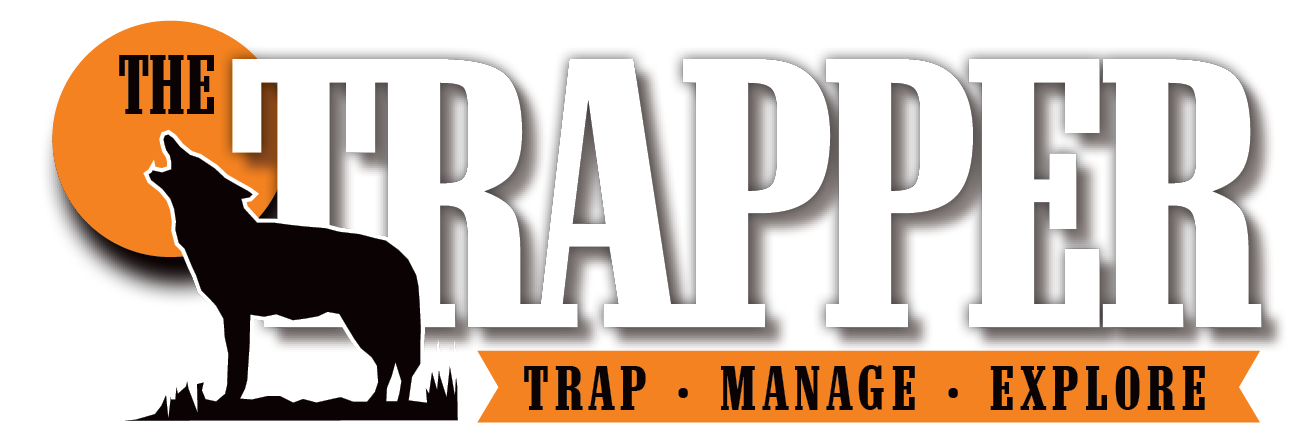Russian President Vladimir Putin was recently quoted by international news sources as saying, “Shoppers in Russia will be buying fewer fur coats this winter.”
Putin was commenting on the unusually warm summer this year that has effected the wheat crop. Perhaps he’s expecting a mild winter. Putin has always been hailed as a KGB master spy. Little did I know he was also an expert on weather trends as well as fur market analysis.
Bread might cost a bit more in Moscow, but wild fur garments and hats will still be within reach of many shoppers. The lower prices paid for our wild furs, cheaper dressing and labor cost will see to that. That might not be the case with the sky-high cost of ranch mink, but that could only boost interest in wild furs.
 Before Putin’s predictions of gloom and doom spread throughout our fur trade and the red flags are hoisted, consider just how laughable such a statement sounds to farmers, sportsmen, trappers, commercial fishermen and those of us who live in the natural world. We watch the weather and have been for a long time … for good reason.
Before Putin’s predictions of gloom and doom spread throughout our fur trade and the red flags are hoisted, consider just how laughable such a statement sounds to farmers, sportsmen, trappers, commercial fishermen and those of us who live in the natural world. We watch the weather and have been for a long time … for good reason.
An exceptionally hot summer has little bearing on the weather we will experience the next winter … at least it never has so far. “Global warming?” Well, the jury is still out on that issue.
If you buy into Putin’s predictions, it’s as good a cause as any to sell your catch early and often, as these might be the best prices you’ll see all season. On the other hand, if you believe, as I do, the guy doesn’t have a clue what he’s talking about, let’s wait and see what the actual winter holds. It could very easily be a typical Russian winter with waist-deep snow.
Attendance at the national and regional trappers’ conventions has been extremely good. A spot-check of dealers showing their wares at the conventions report “brisk sales.” Traps and lure sales led the way, with muskrat harvesting supplies among the hottest sellers.
On the national and international scene, optimism within the fur trade is running high. Finished fur garments imported into North America, primarily from China, continue to soar. Here at home, the U.S. Commerce Department has reported two straight months of cosmic increases in fur garments shipped into the United States when compared to the previous year.
Our retail fur outlets are restocking inventories at a pace not seen in nearly a decade. Mink, of course, are witnessing the largest surge, but “other furs” are also well represented in this restocking. These are finished furs that will not be available to consumers in other markets. This trend is merely a repeat of what the fur trade experienced 35 years ago. Eventually, our wild furs will offer an alternative to the higher priced ranch goods. T en too, higher demand created a seller’s market. It’s happened before, and it will happen again.
The burning question is will this be the real breakout season? On the international fur trade scene, there’s a “sea change” underway in Finland. Copenhagen Fur Sales recently announced it would be offering North American wild furs on its auctions. This is nothing new. Thirty years ago, this was common. When wild fur markets began to surge, it was common for some of the larger regional collectors to ship regularly to the Scandinavian sales. It’s too early to even speculate on how successful this venture will be. There are far fewer wild furs taken today, but that could quickly change with higher prices.
However, we can speculate that Copenhagen Fur Sales might be slightly ahead of the curve. Is the company simply looking down the road? Does it see a much brighter future than many in the fur trade? We can only assume the answer is yes. Where and how its agents will secure sufficient collections of wild furs to attract buyers is anyone’s guess. I have my own ideas, but I’m not willing to tread into those waters just yet.
Korea is expected to play an increasingly important role in our wild fur markets. The Korean economy is robust and expanding. Luxury spending is steadily increasing. This consumer market is small when compared to Russia and China, but the degree of affluence among the middle-class is expanding. Look for this market to continue
growing.
North America Fur Auctions recently announced a massive fur pelting facility it has established in Poland to prepare ranch mink and foxes for market. This too is a positive signal of the faith investors have in the future of the fur trade.
Always follow the money. The first indication of the strength of the fur market this season, as usual, will be the early Scandinavian ranch auctions. Should prices remain stable, or see some advances, look for brighter days ahead. At the least, country buyers will feel a bit more comfortable speculating on your early take.
